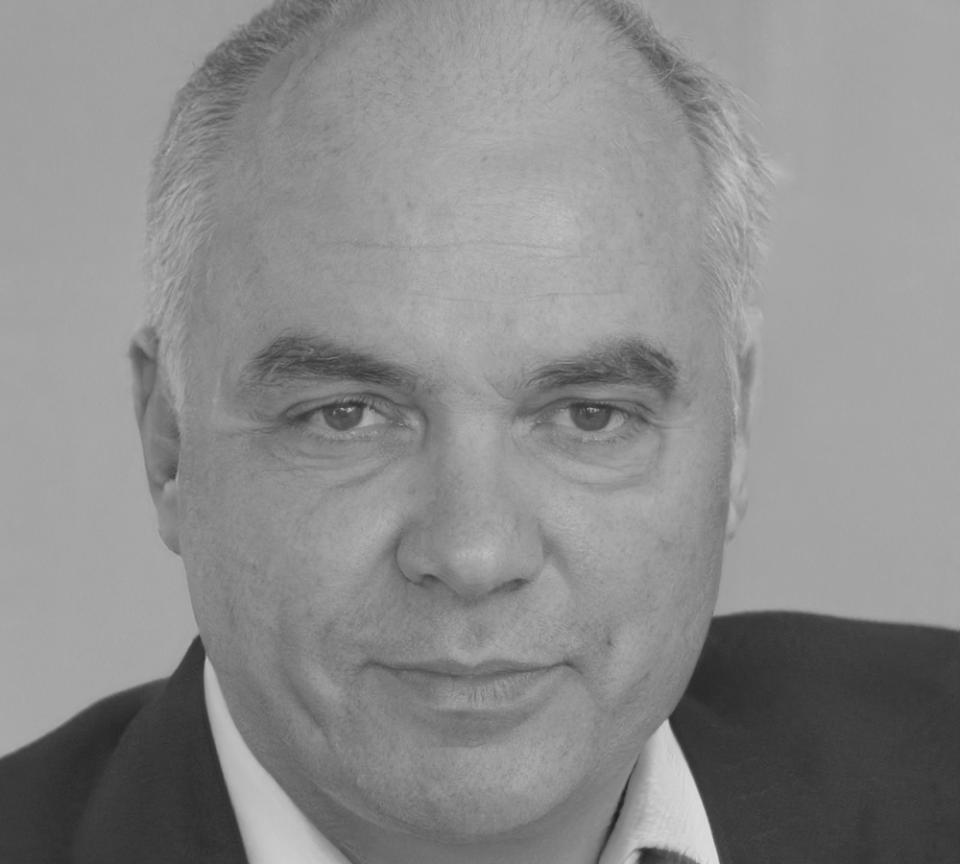Building Financial Clarity Since 2019
We started with a straightforward idea. Financial models shouldn't require a background in advanced mathematics. They should make sense to the people who actually run businesses.
Six years later, we're still refining that approach. Teaching professionals across Thailand how to turn spreadsheets into decision-making tools they can trust.

How We Got Here
Every milestone taught us something new about what works in financial education.
Started With Three Students
Launched our first workshop in a borrowed conference room. The goal was simple: teach practical modeling without the academic jargon. Those three students told their colleagues, and things grew from there.
Developed Our Core Framework
After teaching dozens of sessions, we noticed patterns in what clicked for learners. Built a structured approach that balanced theory with hands-on practice. This became the foundation we still use today.
Expanded Into Industry-Specific Training
Businesses started asking for models tailored to their sectors. Retail needs different forecasting than manufacturing. We created specialized tracks that addressed real operational challenges.
Looking Forward
This year we're focusing on advanced scenario planning and stress testing. The economic environment keeps changing, and our students need tools that adapt. New courses launching in September 2025.
What Makes Our Approach Different
Most programs teach formulas. We teach thinking. The spreadsheet is just the output.
Real Data, Real Problems
We use anonymized datasets from actual Thai businesses. You'll work with the mess and complexity that comes with real financial information, not sanitized textbook examples.

Error-First Learning
Breaking models is how you understand them. Our sessions include intentional mistakes for you to find and fix. It's uncomfortable at first, but it builds confidence faster than any lecture.

Decision-Focused Design
Every model we build answers a specific question. Should we expand? Can we afford this hire? What happens if revenue drops 20%? The numbers exist to inform choices, not impress colleagues.
Industry Context Matters
Restaurant cash flow doesn't behave like software revenue. We teach the fundamentals, then show how they shift across different business models. Context isn't extra, it's essential.


Niran Tanaka
Spent twelve years building valuation models for mid-sized manufacturers before switching to education. The transition happened after mentoring junior analysts and realizing I enjoyed the teaching more than the consulting.
My approach is probably different from what you'd expect. I care less about fancy formulas and more about whether you can explain your assumptions to someone who doesn't live in spreadsheets. If your CFO can't follow your logic, the model isn't actually useful.
Outside of class, I'm usually testing new modeling techniques or arguing with colleagues about the best way to handle seasonality adjustments. Still haven't found the perfect method, but that's what keeps it interesting.